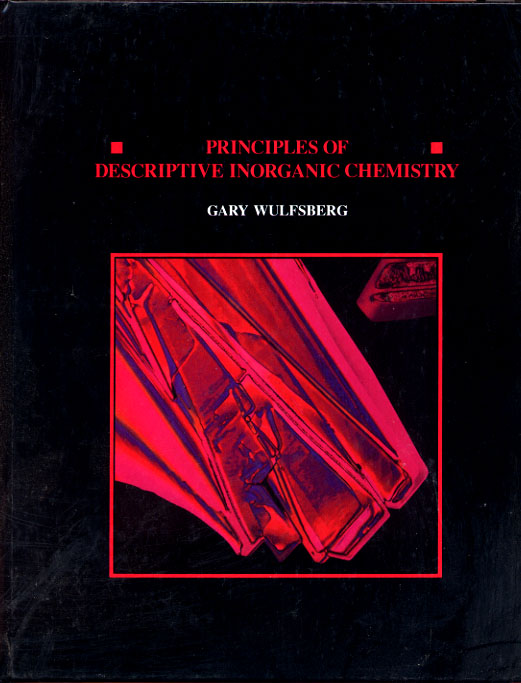
Principles of Descriptive Inorganic Chemistry
This is the only text currently available organized by class of compound and by property or reaction type, not group by group or element by element -- which requires students to memorize isolated facts.
Summary
This is the only text currently available organized by class of compound and by property or reaction type, not group by group or element by element — which requires students to memorize isolated facts.
Translated into Italian.
Resources
Table of Contents
1. Inorganic Chemistry: The Periodic Table and the World We Live In
2. Metal Cations and Oxo Anions in Aqueous Solution
3. Ionic Solids and Precipitation Reactions of Hydrated Ions
4. Oxides and Polynuclear Oxo Anions of the Elements: Their Physical, Chemical, and Environmental Properties
5. Oxidation-Reduction Chemistry of the Elements
6. Properties of the Elements Themselves
7. Coordination Compounds and the Lewis Acid-Base Concept
8. The Hard and Soft Acid-Base (HSAB) Principle and Its Applications
9. The Halides, Nitrides, and Sulfides of the Elements
10.The Hydrides and Organometallic Derivatives of the Elements
11.The Underlying Reasons for Periodic Trends
12.Summary: Applying Theory to Chemical Reality
13.Laboratory Experiments in the Principles of Descriptive Inorganic Chemistry
Appendices: A. Answers to Selected Exercises; B. Glossary; C. Frequently Used Tables
Index
Each chapter concludes with Study Objectives and Exercises.
Reviews
“The author has been successful in his aim of bringing a more organized approach to descriptive chemistry for the student in the earlier part of the chemistry curriculum.”
-Journal of the American Chemical Society

